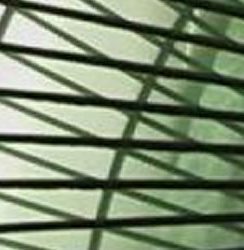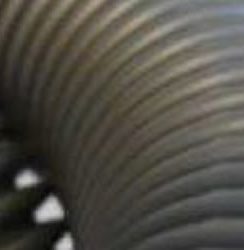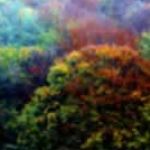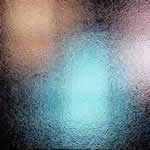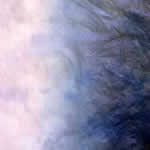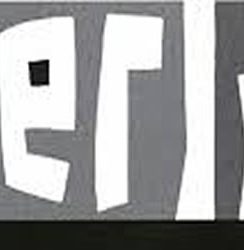The Hum in the Room (mix)
“The Hum in the Room” the final part of the three-part mix dedicated to … the hum in your room!
The buzz that you suddenly notice, that appears to have been there forever but unnoticed – until this moment.
The sound that will be there forever from now.
The hum that appears to come from the inside of your head, and that keeps changing when you turn your head or walk through the room.
The noise that can irritate as well as fascinate.
Or, to quote John Cage from a 1937 lecture: “Wherever we are, what we hear is mostly noise. When we ignore it, it disturbs us. When we listen to it, we find it fascinating. The sound of a truck at 50 m.p.h. Static between the stations. Rain. We want to capture and control these sounds, to use them, not as sound effects, but as musical instruments. “

